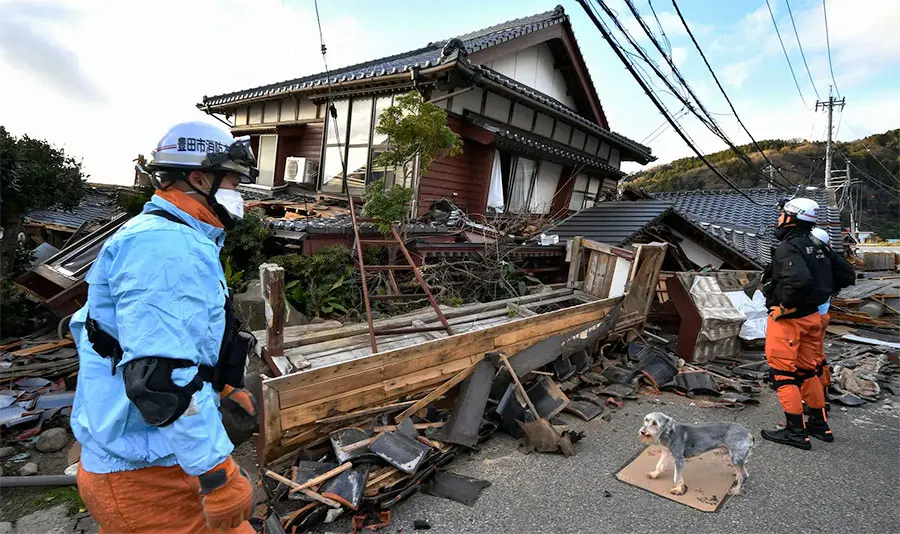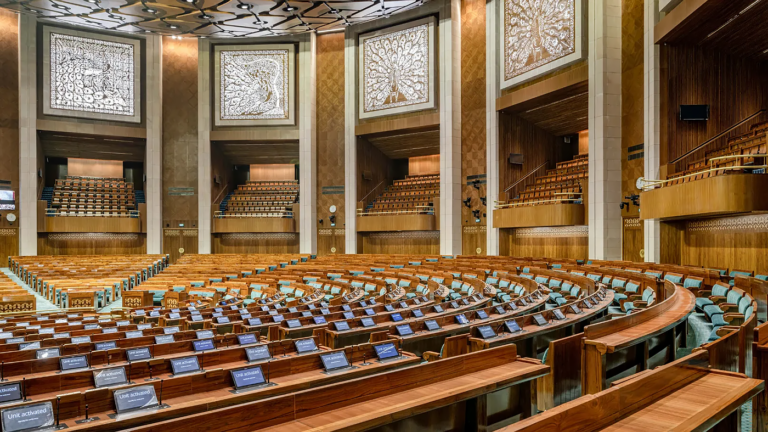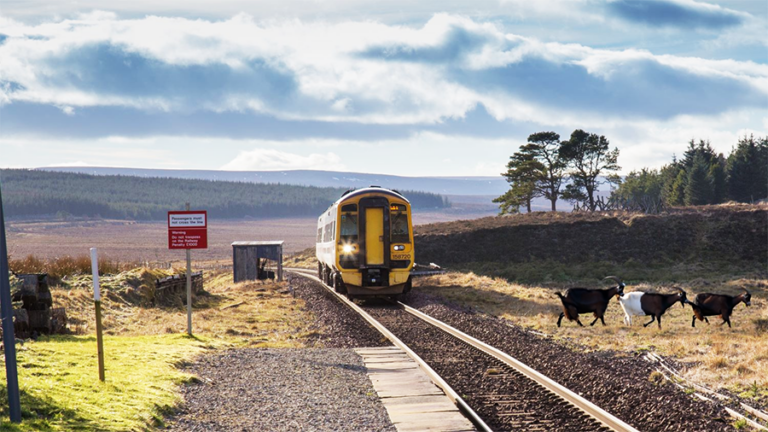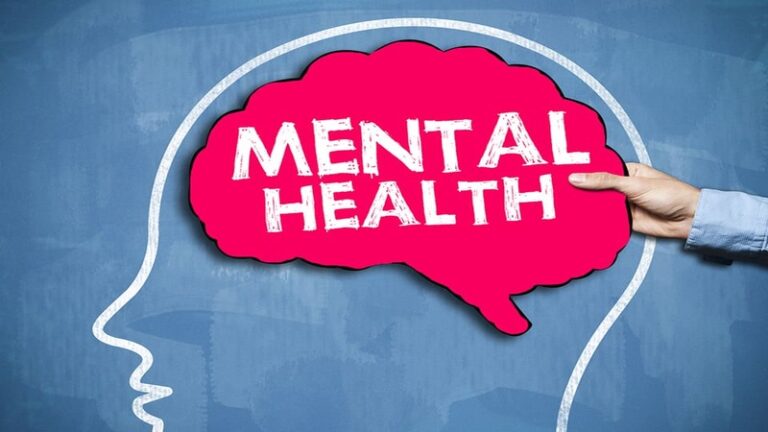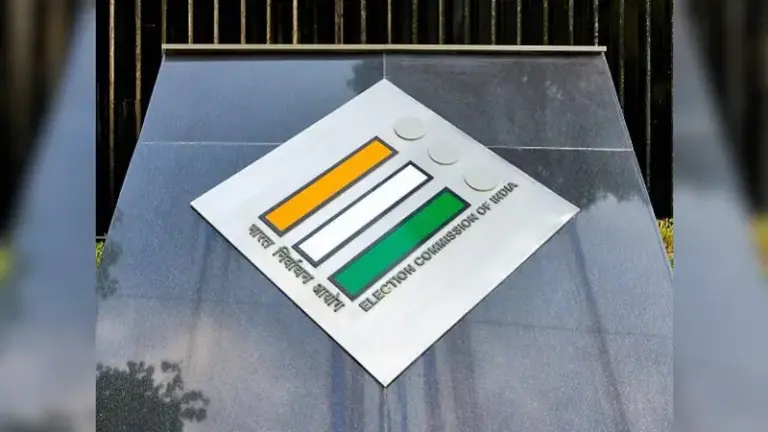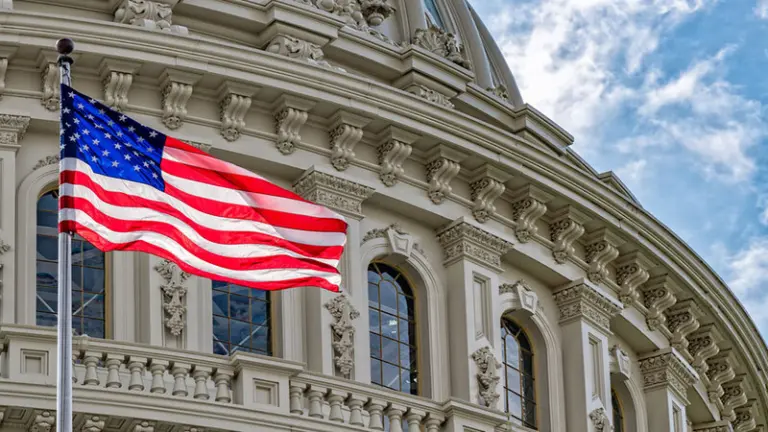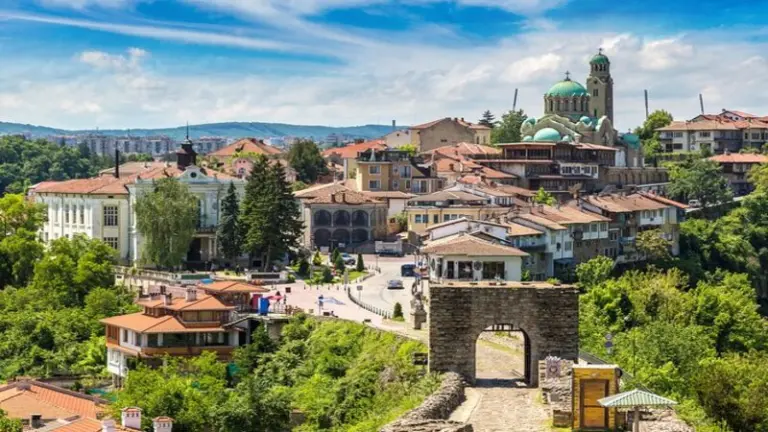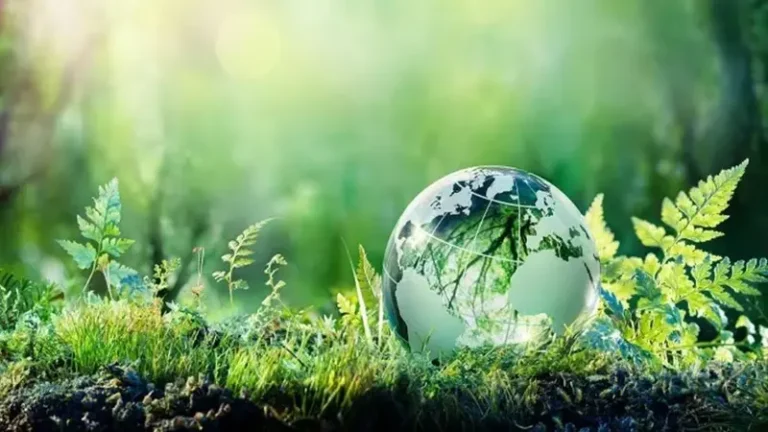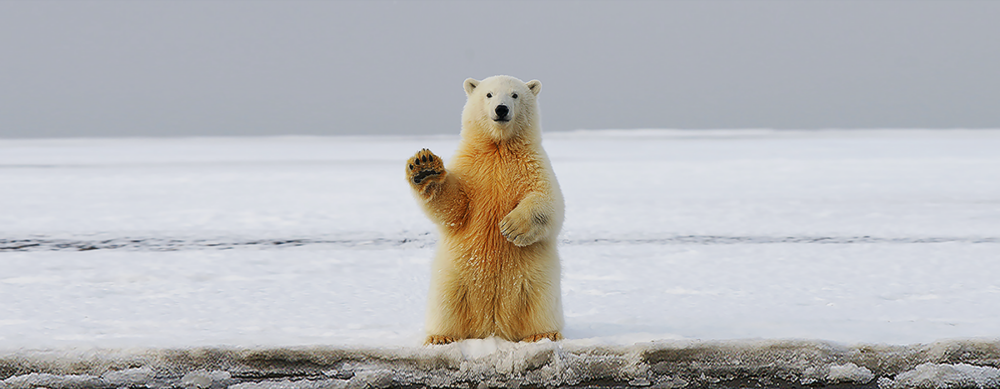About 13 years ago there was a severe earthquake in Japan, which was followed by a tsunami, and due to this, there was an accident at the nuclear plant in Fukushima.
This incident is still fresh in the minds of the people of Japan and on Monday it once again reminded people of that incident. On Monday, Ishikawa was shaken by a strong earthquake and tsunami alarms started ringing in Japan.
However, these alarm warnings are not at all unusual in Japan.
When I went there for the first time, I woke up from my bed and our building was shaking.
But within the last few months, I used to sleep amidst the tremors of earthquakes. In Japan, earthquake shocks that come immediately become a part of your life. At some point, you become addicted to it.
However, there is always a thought in your mind when will the next big earthquake happen or is your building safe for it?
When the earth shook for two minutes in 2011
But this generation faced the worst earthquake of its life on March 11, 2011.
For two full minutes, the ground shook in a way that no one had ever experienced anything like this in their entire life. These earthquake shocks kept going on and on.
Anyone who has gone through this incident can tell exactly where he was at that time and how scared he was feeling. But worse situations were to come.
Within 40 minutes, the first tsunami came towards the coast, breaking the walls around the sea for hundreds of kilometers on the northeastern coast of Japan and reaching the cities and villages. A helicopter hovering over Sendai city showed this incident on live TV.
During this time, even scarier news came to light that the nuclear power plant was also in danger.
The disaster occurred in Fukushima and millions of people were ordered to leave their homes. Even Tokyo was not considered safe.
The events of this day left people in deep shock.
After a few months, I started looking for a new place to live in Tokyo. My wife studied geological maps to understand where the rock was beneath the soil and where it was above any river. She was investigating the age of the building very deeply.
She was clear that ‘we will not see the building built before 1981.’
Japan’s success story
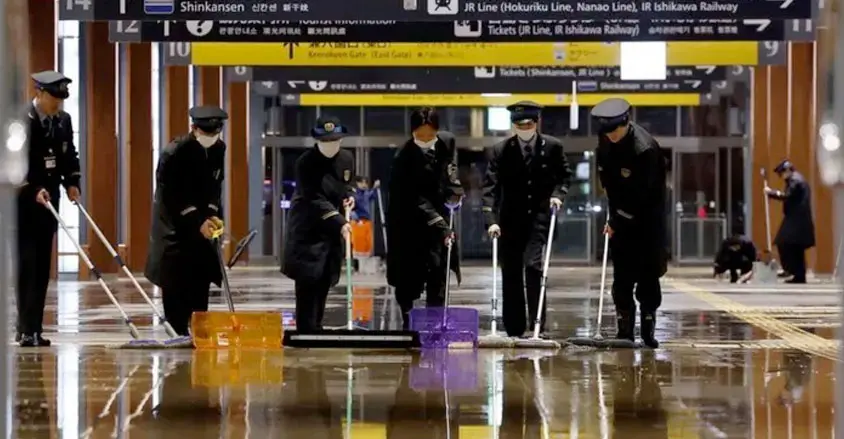
When we moved into our 1985 building, we started storing food and water. Pre-packed containers were placed under the bathroom sink, with a shelf life of up to five years.
The scare of 2011 returned on Monday, but the latest earthquake also tells a remarkable story of Japan’s success.
Japan does not measure earthquakes in the country based on intensity.
It sees how many times its land has shaken. During this period the intensity of earthquake ranges from 1 to 7. On Monday, earthquakes occurred a maximum of 7 times in Ishikawa.
Roads and bridges have been destroyed on a large scale there. This caused massive landslides but most of the buildings are still standing.
In a way, normal life is back on track in big cities like Toyama and Kanazawa.
When I talked to a friend near Kashiwazaki, he said, “It was very scary.”
He said, “Till now I have never felt a bigger earthquake than this. “We had to leave the beach and move away but now we are back home and everything is fine.”
Engineering Success
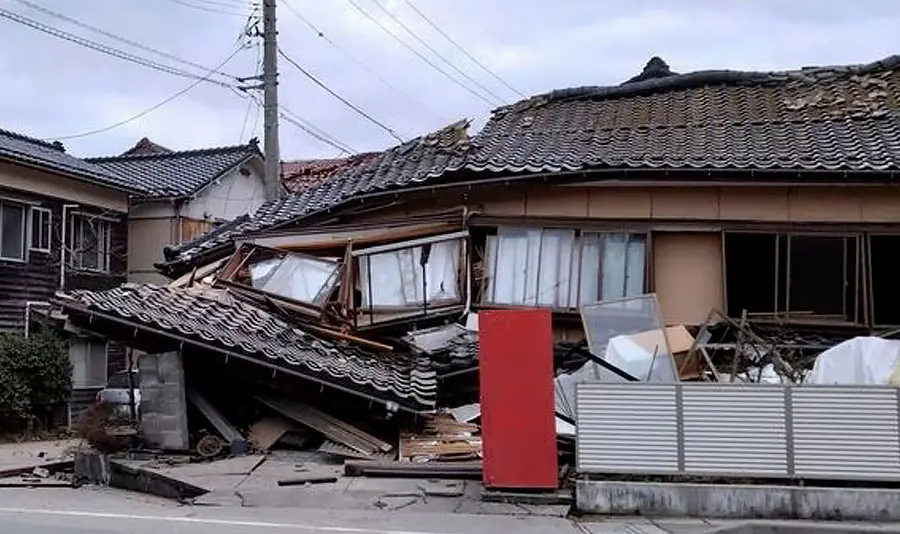
It is an extraordinary story of engineering success that began over a century ago in 1923 when Tokyo was struck by a devastating earthquake.
During this event, known as the Great Kanto Earthquake, a large part of the city was leveled. Modern brick buildings built in the European style had collapsed.
After this accident, Japan’s first earthquake-resistant building code was created. Since then, the use of steel and concrete has become mandatory for all new buildings constructed. At the same time, it was very important to have thick beams for wooden buildings.
Every time the country faces a major earthquake, the damage is assessed and these rules are changed. The biggest change was seen in the year 1981 when new earthquake measures were implemented for all new buildings.
More measures were added after the 1995 Kobe earthquake.
The success of these measures was seen after the terrible earthquake of magnitude 9.0 in 2011. This was the same kind of earthquake that the Japanese capital had felt in 1923.
In the year 1923, the city was leveled and 1.4 lakh people were killed. In the year 2011, big skyscrapers were washed away, and windows were broken but no big building collapsed.
It was only the tsunami that killed thousands of people, whereas no people died due to the earthquake on land.
Such pictures have come from Ishikawa, in which wooden houses have collapsed due to the earthquake and a modern building has collapsed. However, news channels immediately reported that this building was built in 1971.
Only a few people are reported to have died in this accident while many people have been injured.
But it is very difficult to think that there is any other country on earth that has not suffered any loss even after suffering the tremors of such an earthquake.

